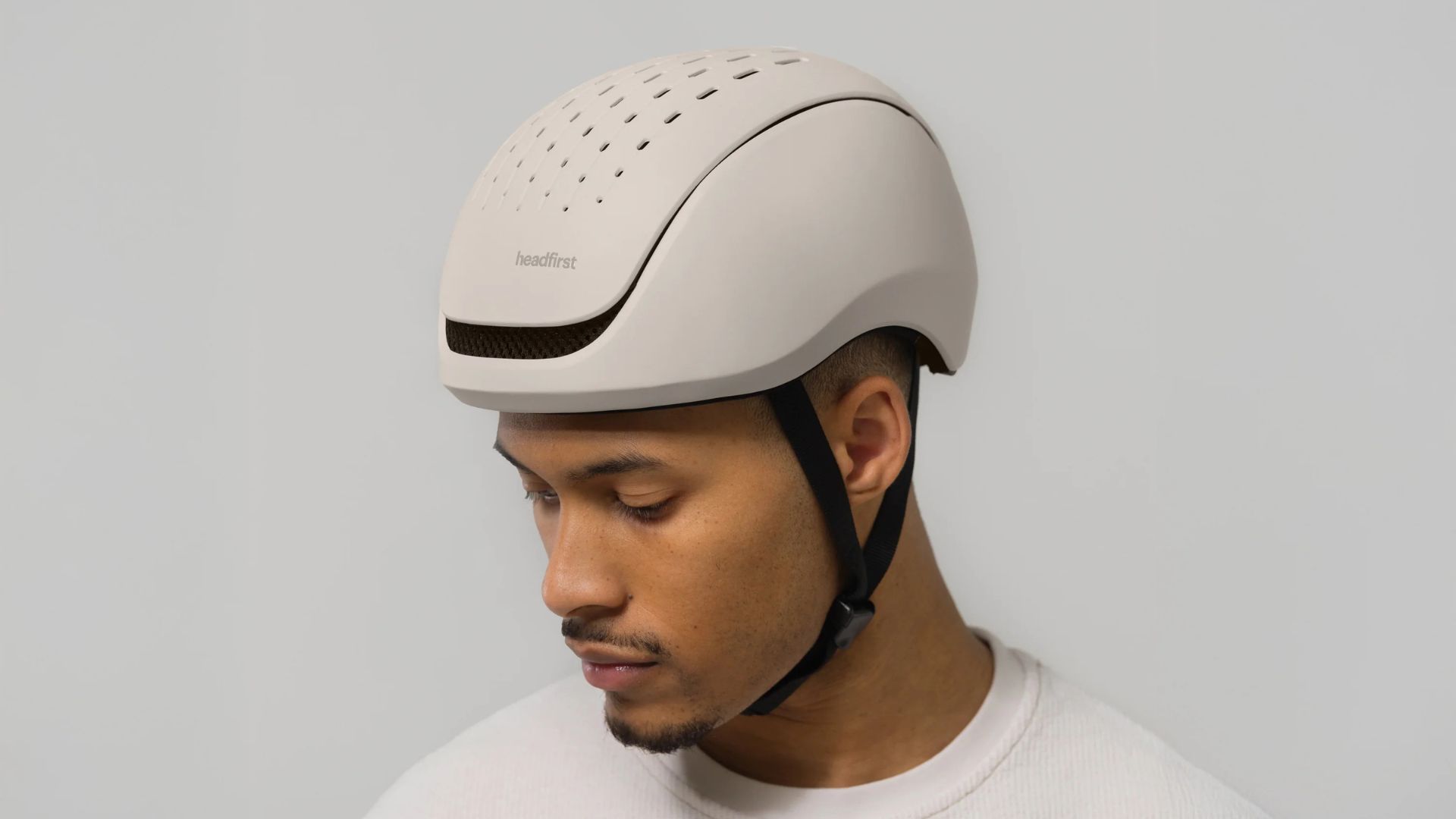In the world of cycling safety, Dutch startup Headfirst is challenging the status quo with its ingenious approach to helmet design. The company’s philosophy is simple but impactful: “We believe the safest helmet is the one you actually want to wear”. This user-centric approach combines innovative safety technologies with sleek aesthetics and intelligent features, leading Headfirst to develop its flagship product Echo Pro.

At the heart of Echo Pro is Headfirst’s patented SafeFit system, which addresses one of the key issues in helmet usability: a proper fit. As most helmets are not accurately sized, their protection is reduced by half, putting cyclists at risk. The SafeFit technology uses a flexible fitting system that adapts to individual head shapes with a simple push-to-fit mechanism. This proves to be not only a safety feature but also allows the helmet to grow as children age, and to be shared with different users because of its adaptability. Additionally, it makes the helmet more comfortable, as pressure is distributed evenly instead of focused on specific points.
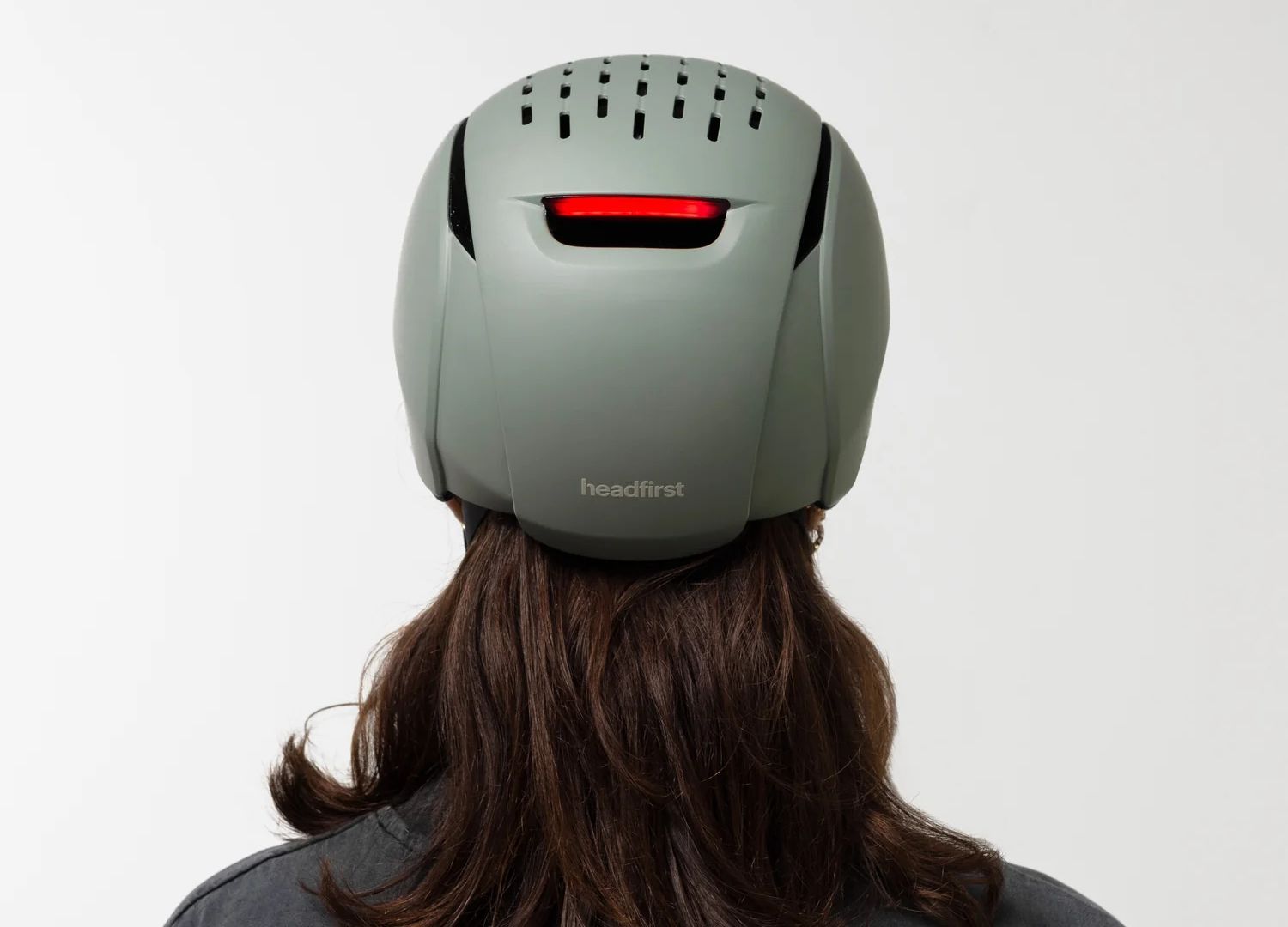

Remarkably, Headfirst has identified and addressed a critical oversight in the industry’s standard safety testing protocols, which do not evaluate for damage on the back of the head. When the company tested its Echo Pro against traditional helmets, it provided twice the protection in this area. This oversight is particularly concerning given the vital importance of the occipital region, which controls key functions like vision and coordination, yet it remains vulnerable in cycling accidents. This research highlights a dangerous disconnect between testing standards and real-world impact scenarios, and Echo Pro ensures that cyclists receive comprehensive protection rather than just meeting minimum regulatory requirements.
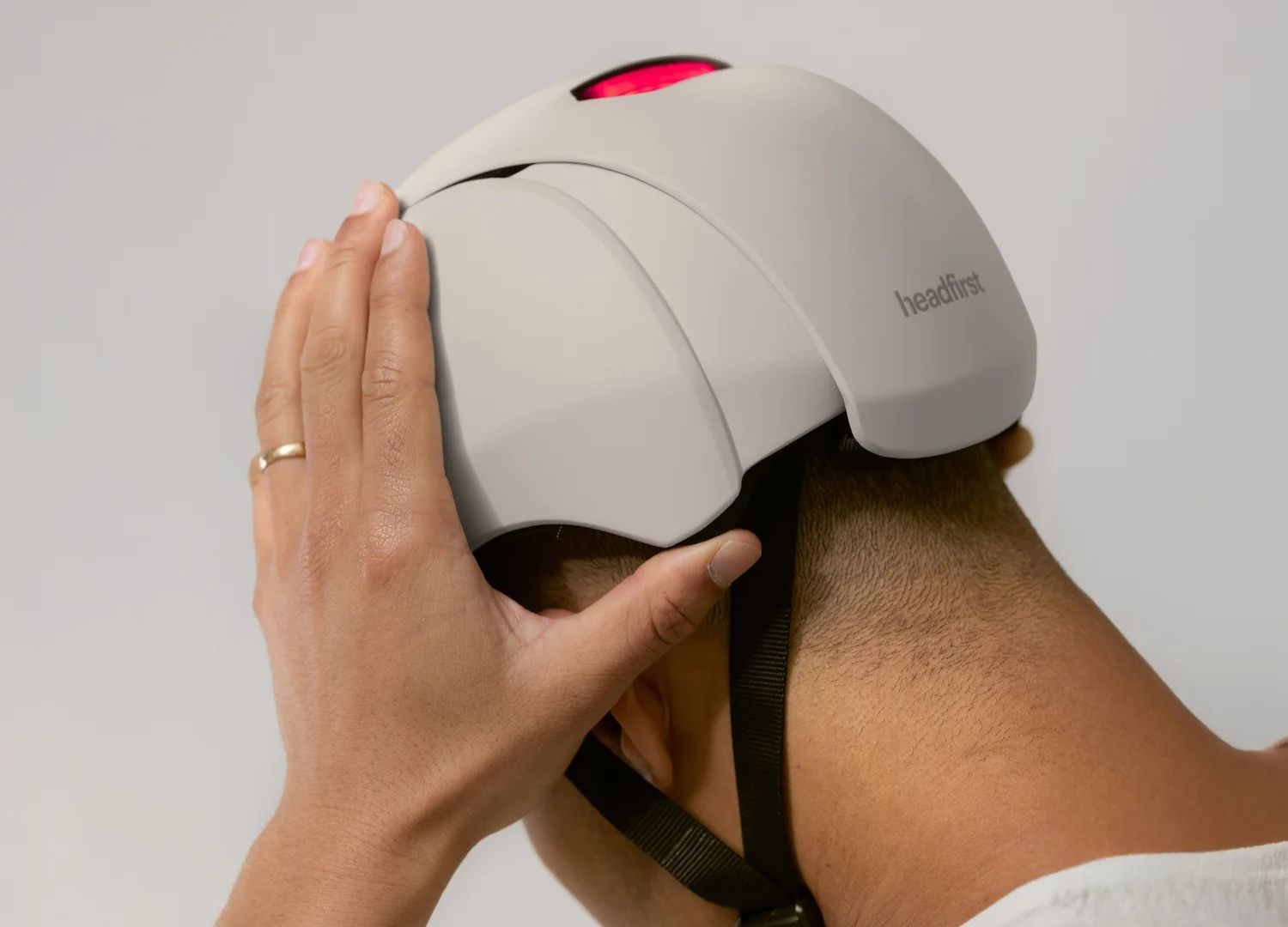

Beyond passive protection, the Echo Pro helmet also integrates smart technology through its motion-sensing brake light system. This feature allows light to automatically activate when the rider slows down, in the same way a car’s brake lights work. Its visibility adapts to day and night conditions and becomes useful in interactions with fellow riders, as well as with pedestrians or other vehicles. This represents a thoughtful integration of IoT technology into safety equipment, addressing the need for cyclist visibility especially in metropolitan environments.
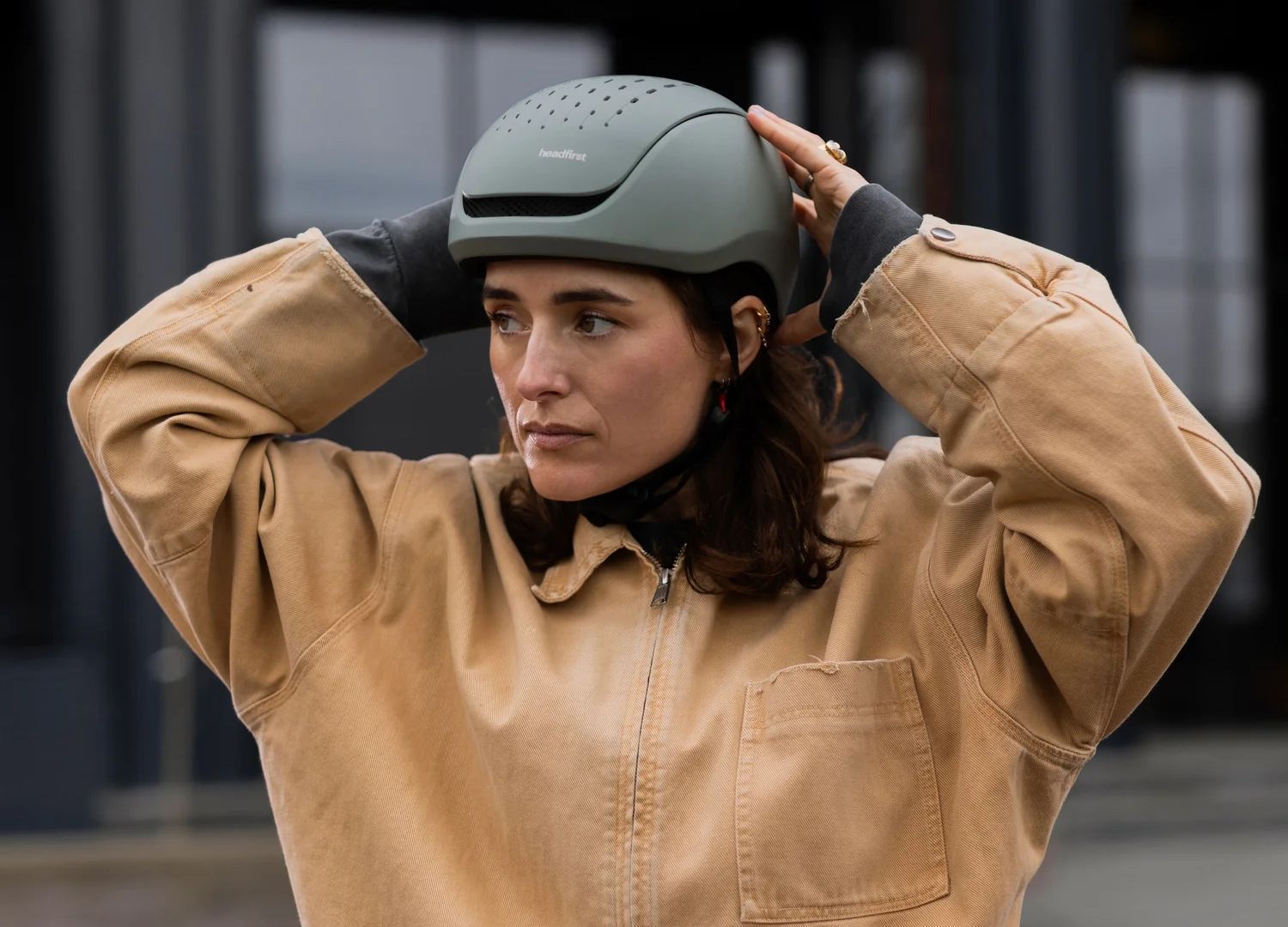

Headfirst’s design philosophy centres on eliminating the traditional compromise between safety and style. To do this, they partnered with Studio APE, an Amsterdam-based collective with four senior industrial designers from TU Delft. The result is a lightweight construction with breathable padding and an easy to use magnetic buckle, which prioritises user comfort without sacrificing protection. The helmet’s sleek aesthetic moves away from the bulky, unfashionable designs that have historically dominated the safety market. By focusing on this user experience, they’ve created a product that cyclists will actually want to wear consistently, thereby improving overall safety outcomes.
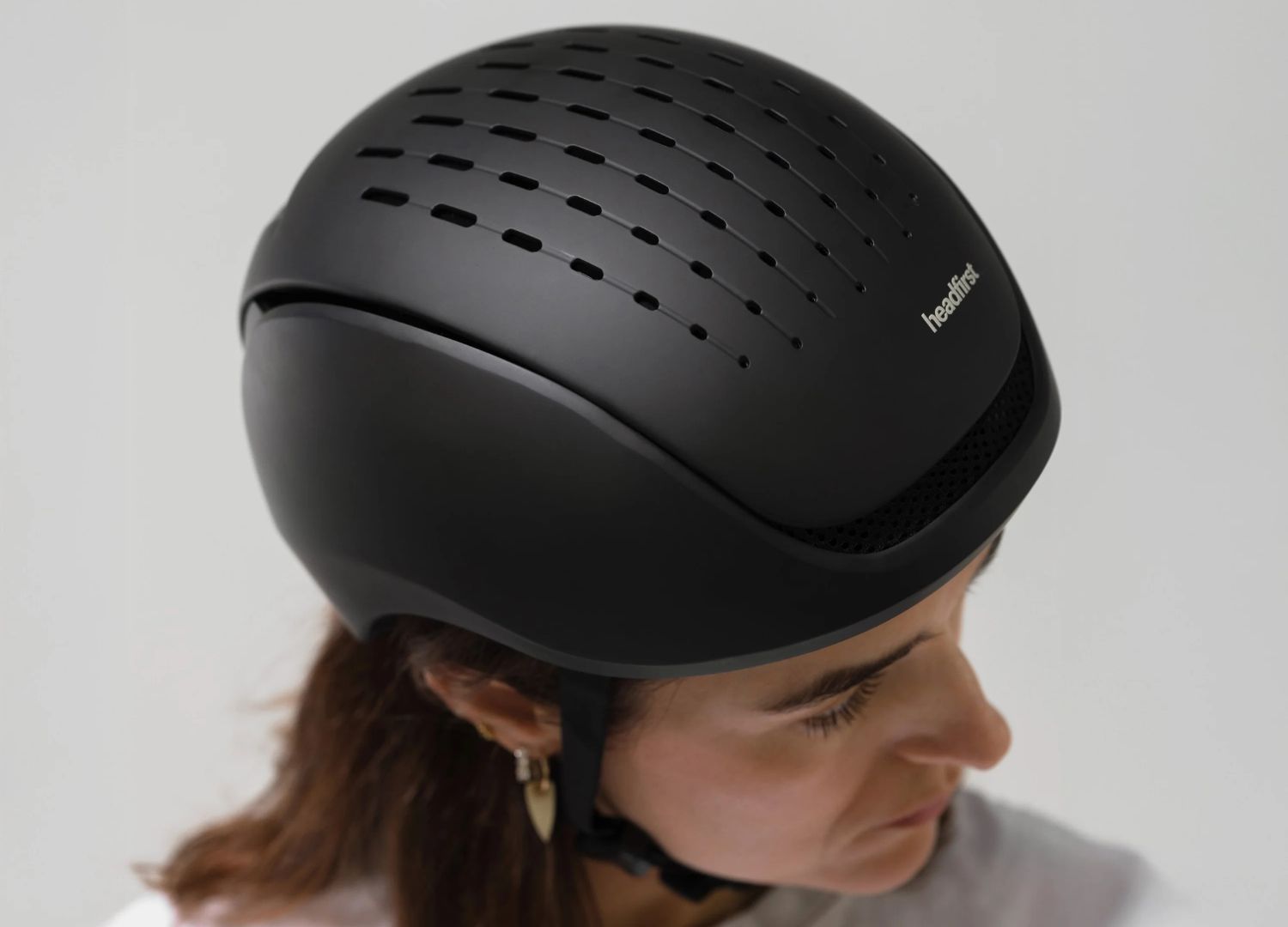

Headfirst is currently crowdfunding on Kickstarter and has attracted significant attention, earning €58,000 in pledges out of a €20,000 initial goal. The helmet is also certified for multiple activities like skating and scooting, expanding its market appeal beyond traditional cycling demographics. This innovative approach signals a broader shift in equipment design, where user experience and look are no longer secondary considerations. As urban micro-mobility continues to evolve, products like the Echo Pro represent the future of protective equipment: intelligent, adaptable, and designed for the modern user who refuses to compromise. The company’s success hopes to inspire others, potentially changing an industry that has long prioritised compliance over its user’s experiences.
